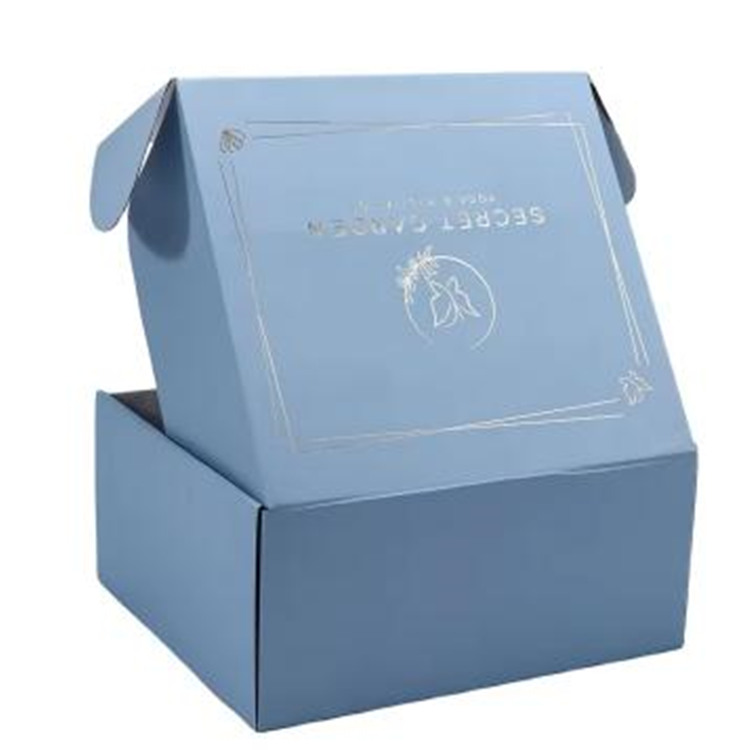Common types of paper boxes include mailer boxes, drawer boxes, and more. Here are some detailed explanations of common types of paper boxes:
Mailer Boxes:
Drawer Boxes:
Window Boxes:
Lid and Base Boxes:
Handle Boxes:
Folding Cartons:
Custom-Shaped Boxes:
Cushion Boxes:
These designs each have their own unique characteristics, meeting different product packaging needs and market positioning, enhancing product display and user experience.
